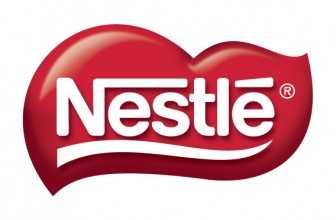Share your coffee stories with us by writing to info@comunicaffe.com.
VEVEY, Switzerland – Nestlé has committed to making significant cuts to its water use in Europe, reducing water consumption by 40% across its European production sites by 2020 versus 2010 levels.
Already, Nestlé has reduced the water used in its European operations by 36% over the period between 2004 and 2010, after changes to production levels are taken into account.
“While water scarcity tends to be an issue that is more related to the South, it is highly relevant in Europe as well,” said Laurent Freixe, Executive Vice President Europe.
Demand for water continues to rise, with water scarcity affecting one in ten people living in the European zone, according to the European Commission.
“We will meet these targets by combining training, changing behavior, quick wins and knock-on investments,” Mr Freixe added.
Water for chocolate
In Spain, Nestlé’s La Penilla factory has managed to reduce its water use per tonne of product by almost two thirds in less than 12 months, thanks to a water efficiency programme and an investment of one million euros (CHF 1.2 million), including new cooling towers.
The UK’s Girvan factory aims to recycle 0.5 million litres of water extracted from the milk used to make chocolate each day. Since 2009, the factory has already saved 40% of its water and, by 2014, intends to reduce water usage by 84%.
Globally, Nestlé has made a series of public commitments on water in its annual Creating Shared Value Report.
Nestlé has already reduced overall water withdrawals per tonne of product by one-third since 2005 and has pledged to achieve a 40% reduction by the end of 2015.
In Europe, Nestlé carries out systematic reviews of water resources, identifying “hot-spots” where investment will be prioritised and targeted.
Since 2011, Nestlé has been using the concept of a notional cost to analyse water projects based on estimated water prices. The cost is used to evaluate investing in water reusing and recycling projects, by factoring in water scarcity to reflect the true value of water in that area.
Source: press release, Nestlé















